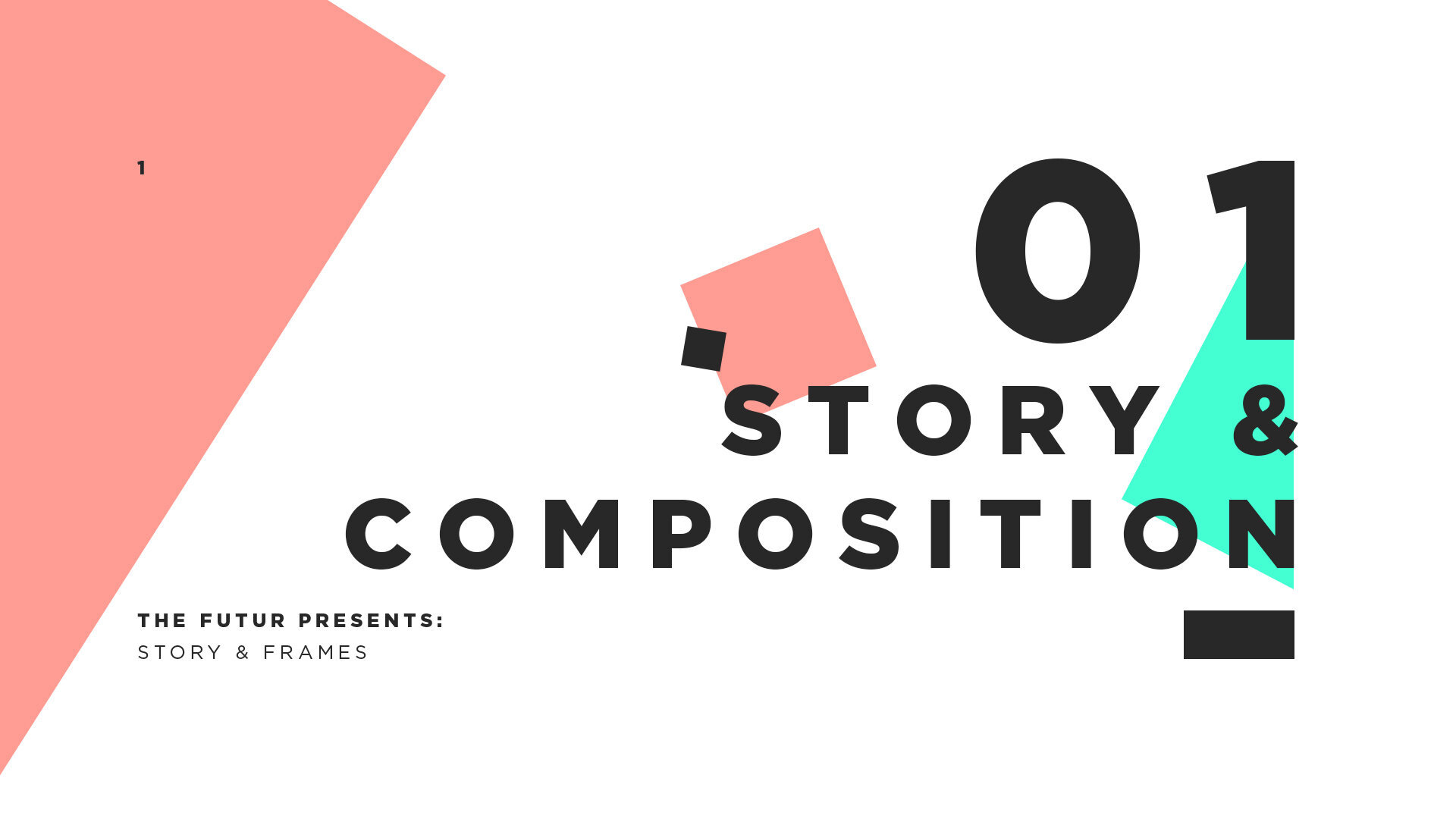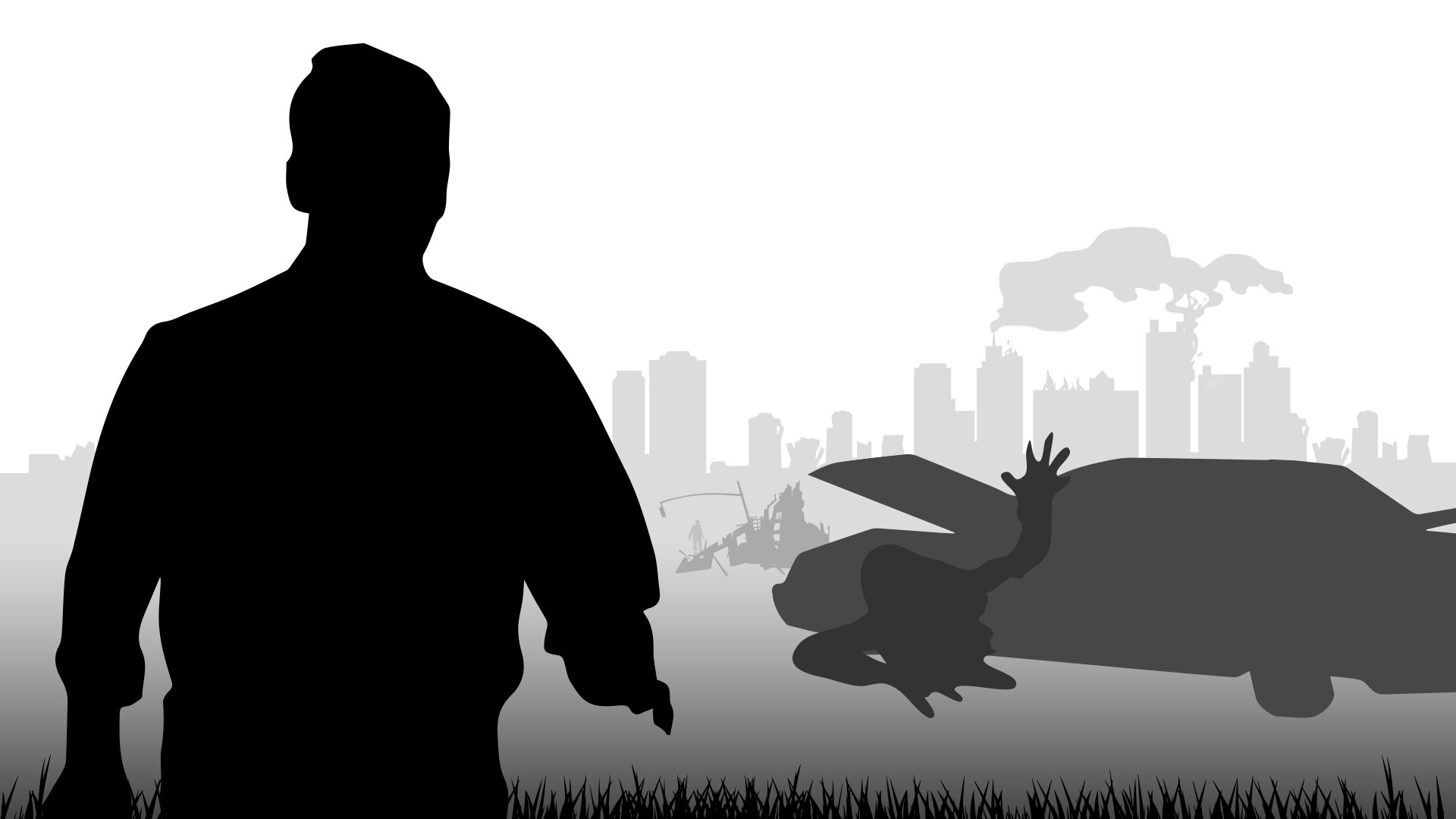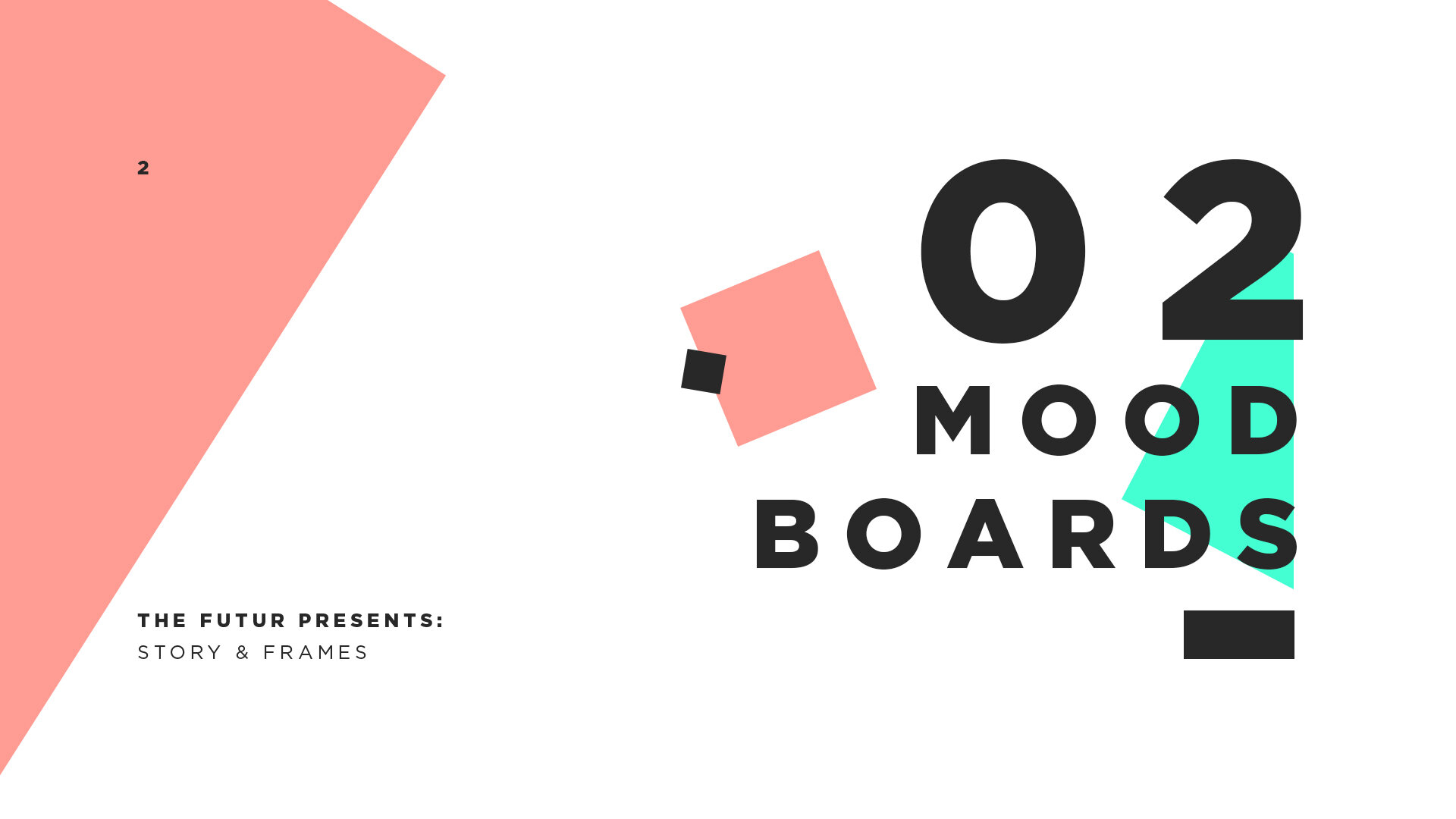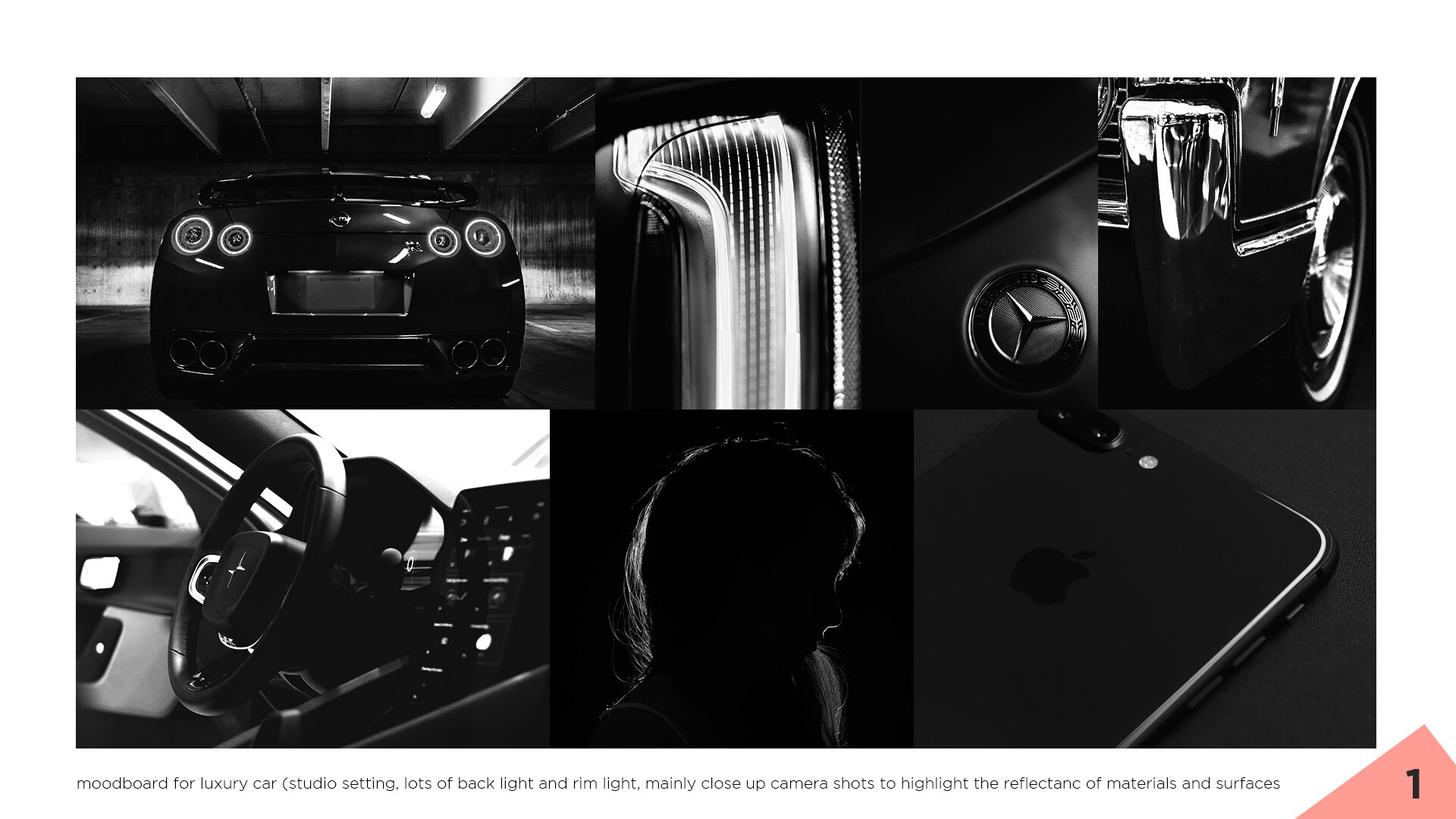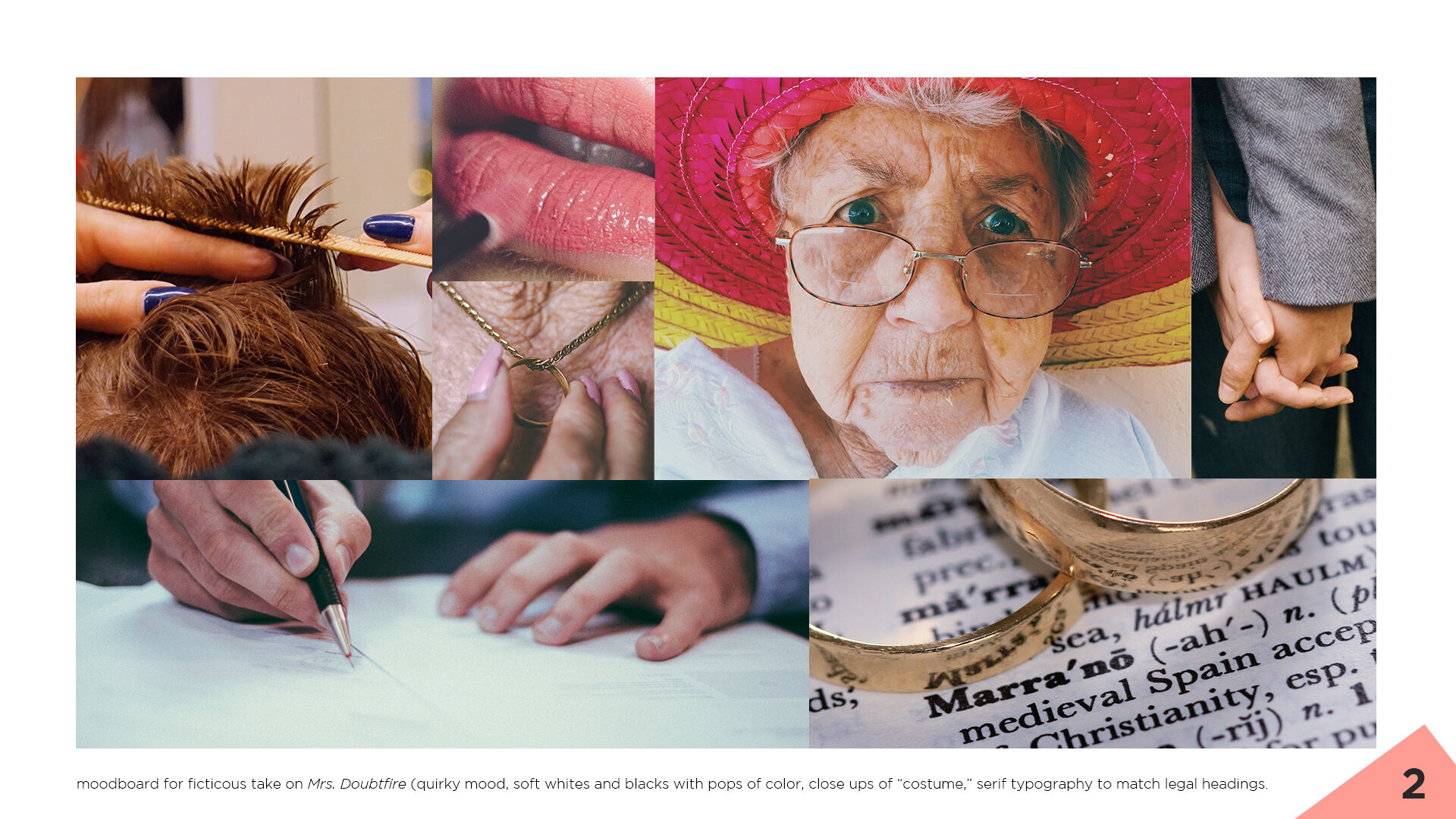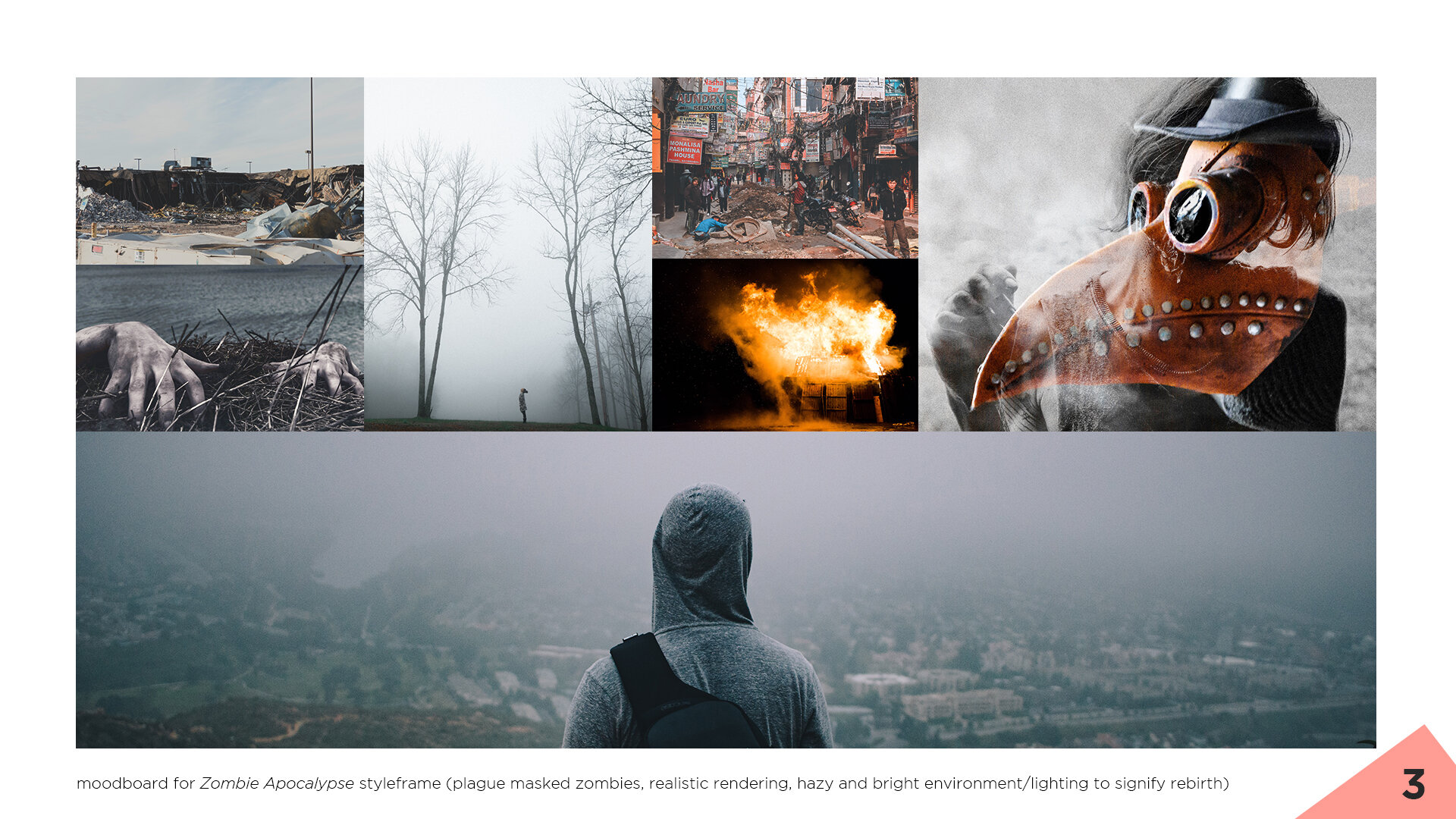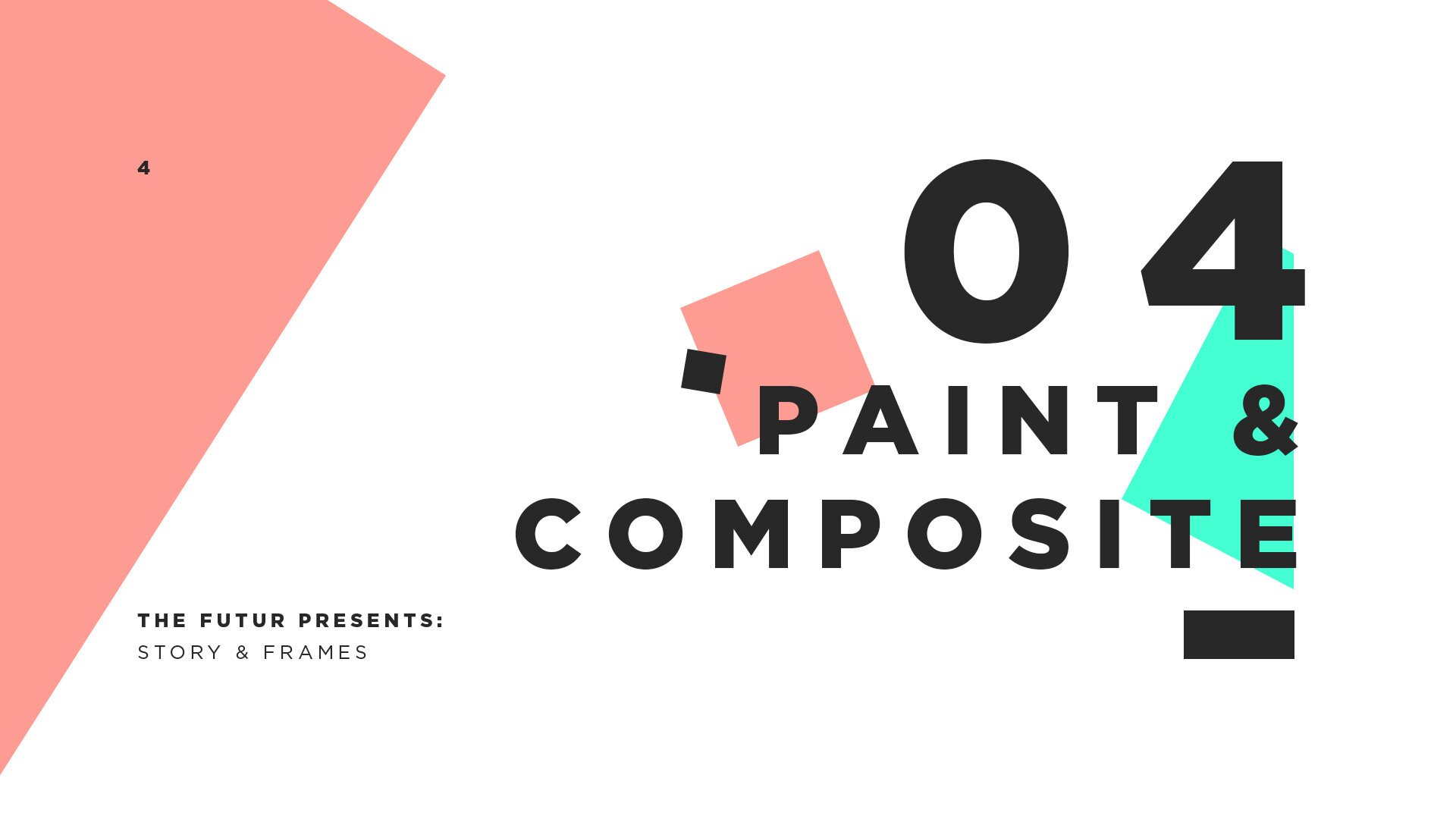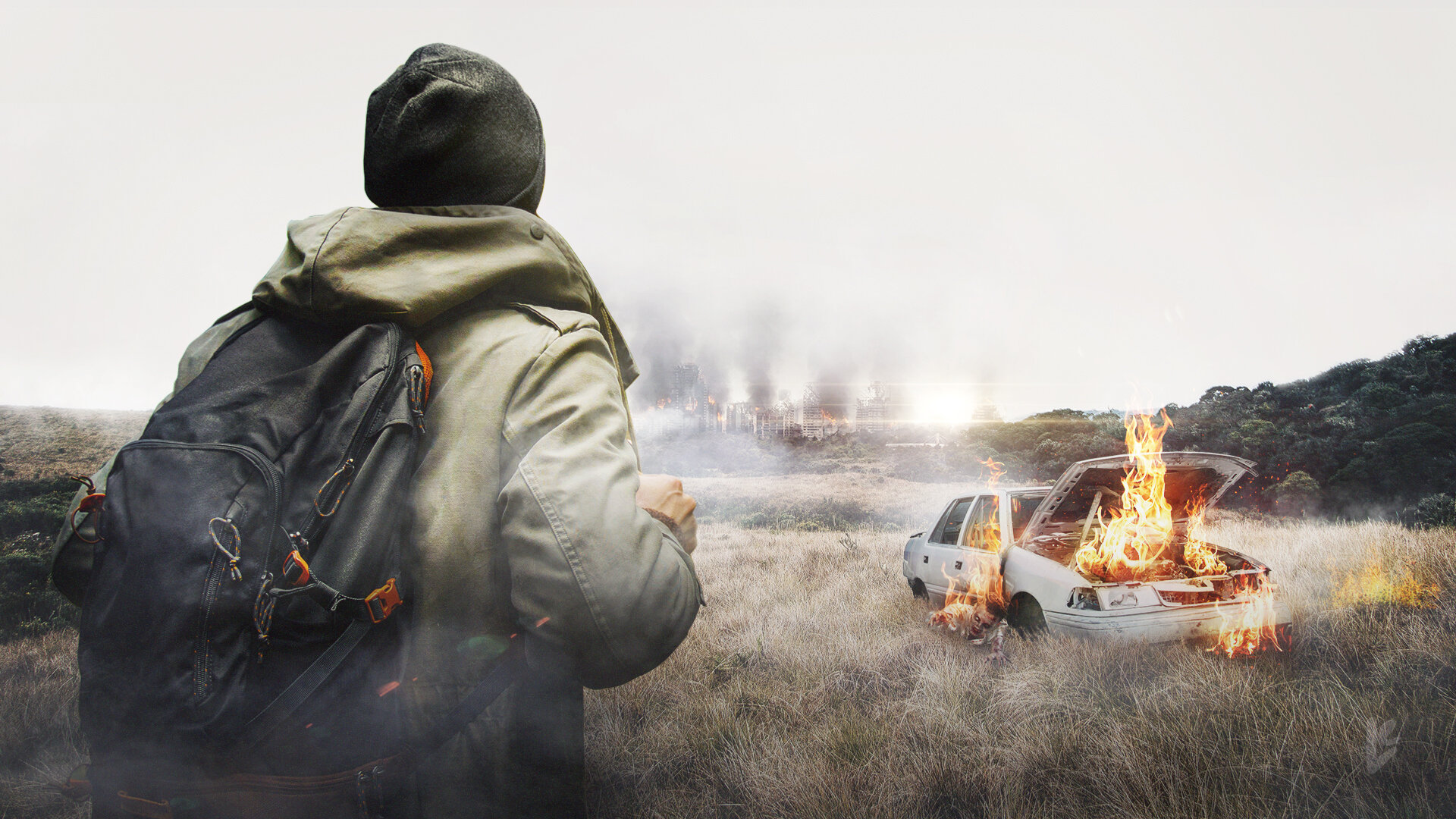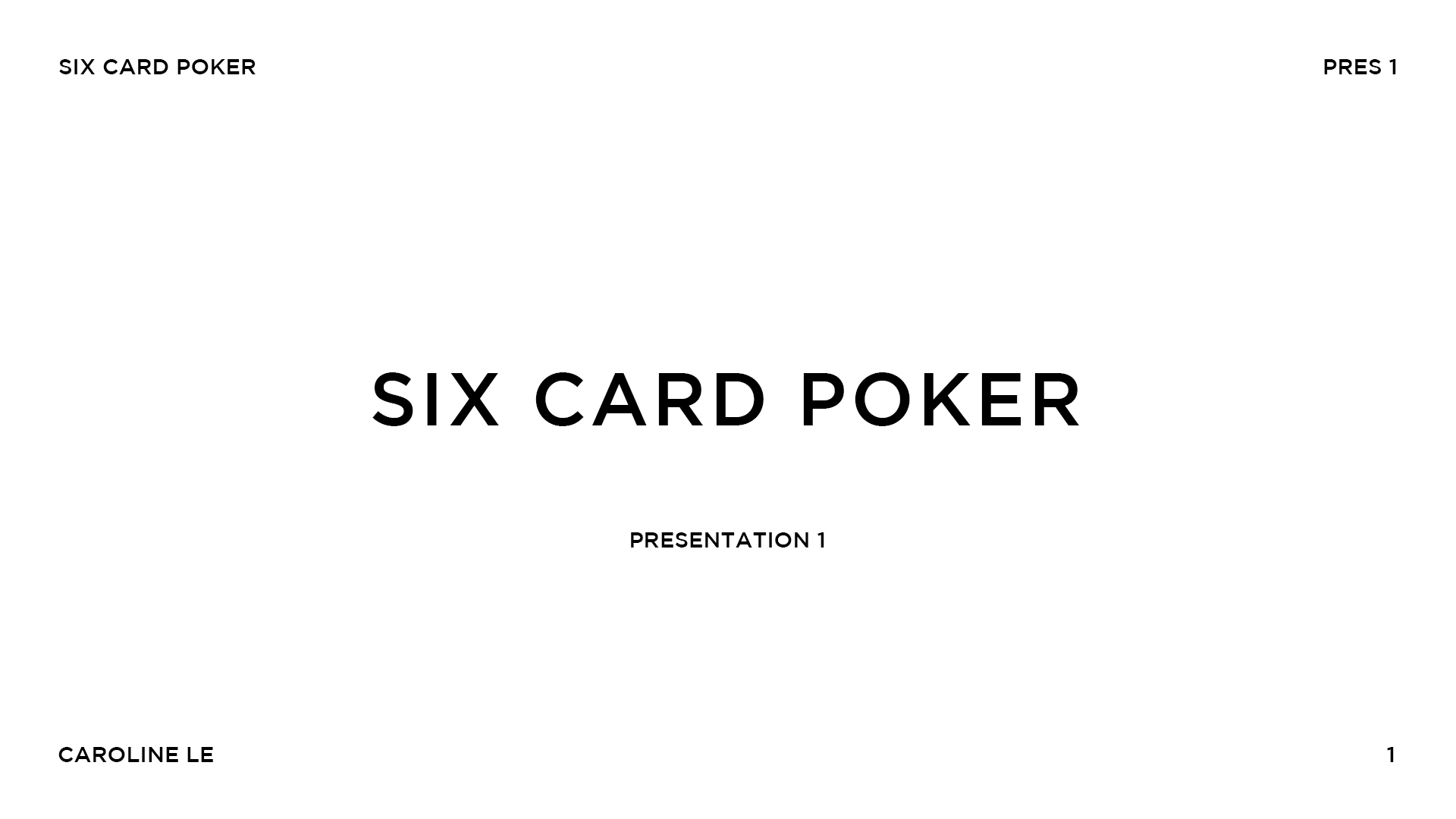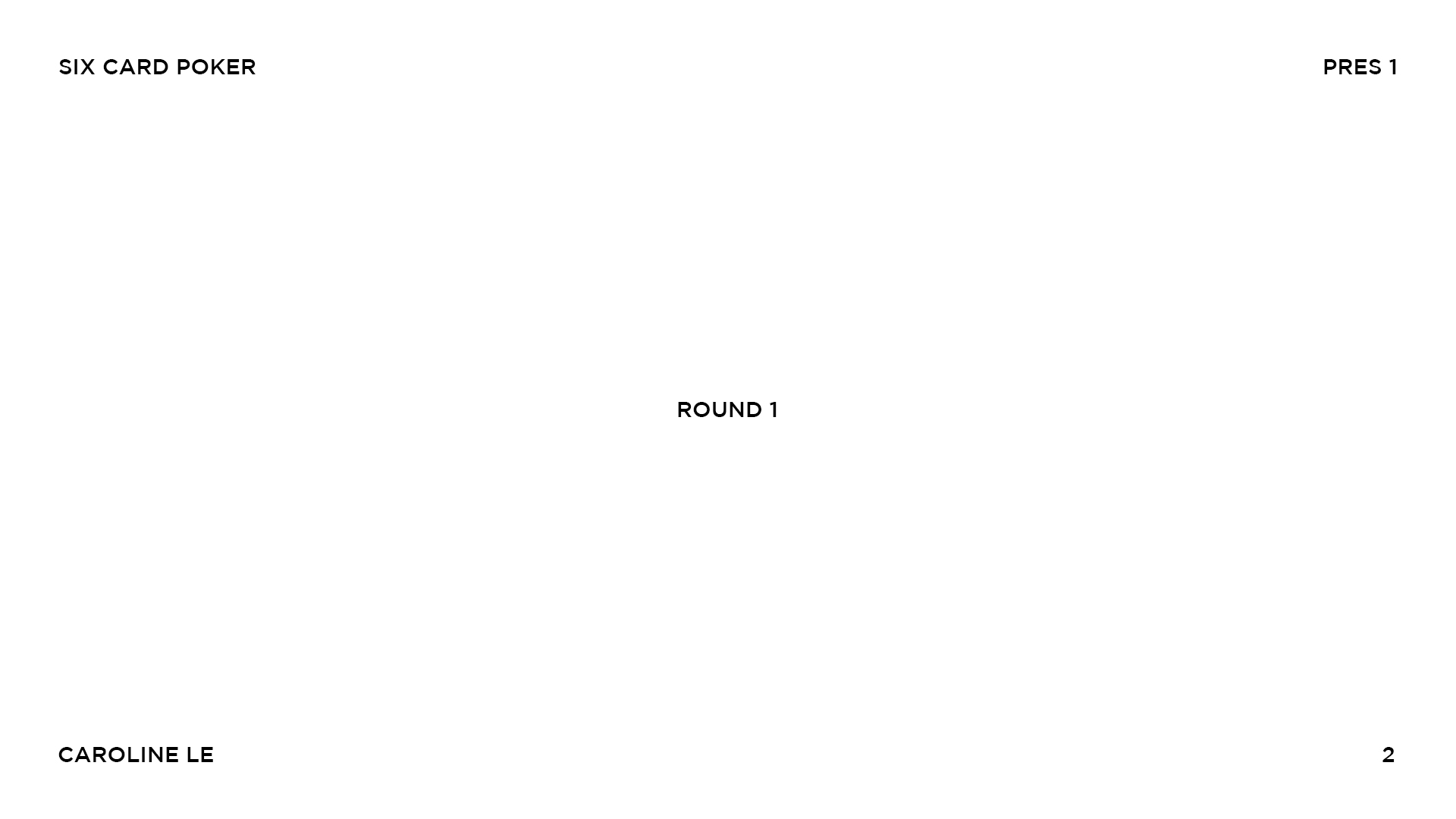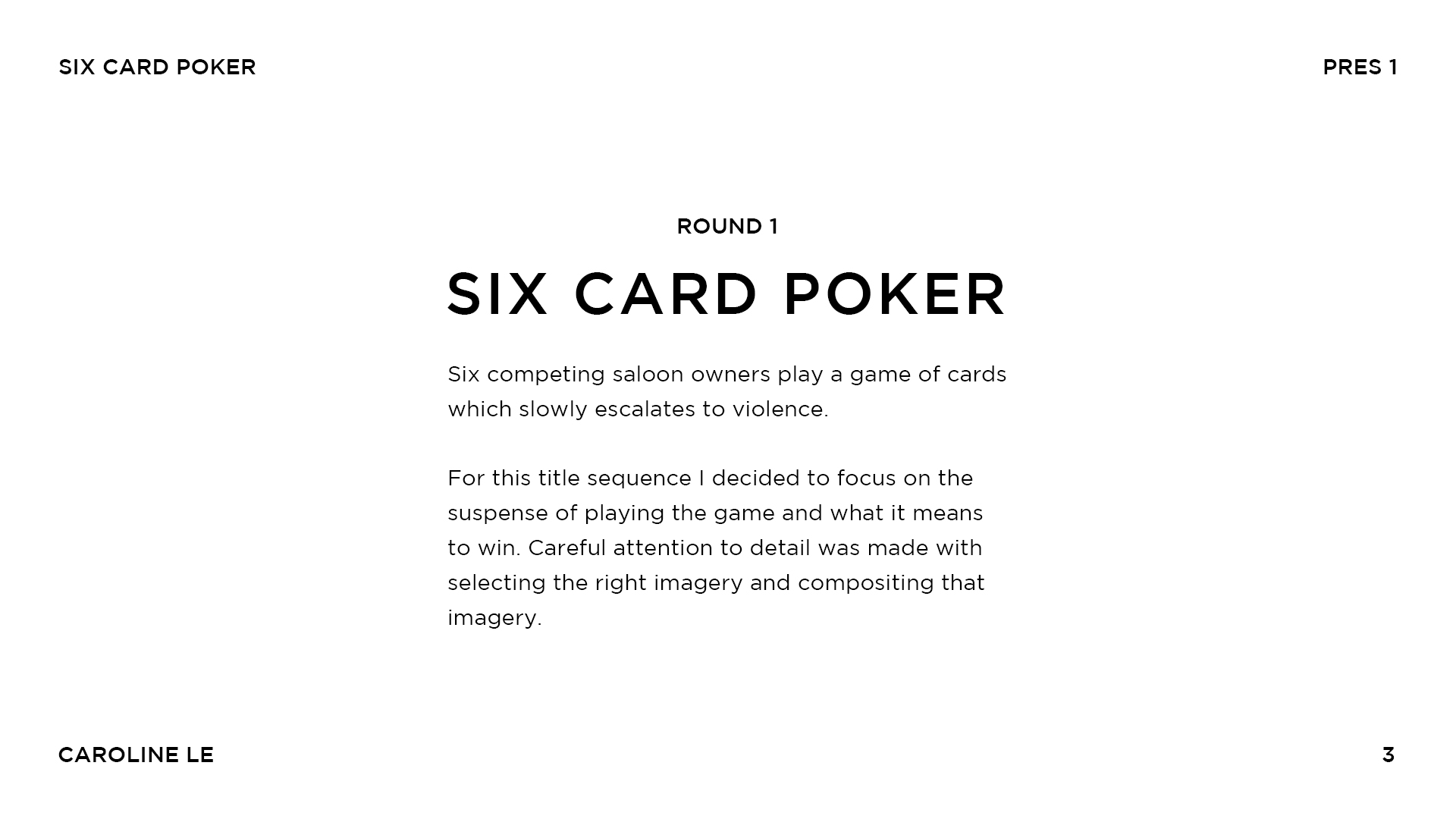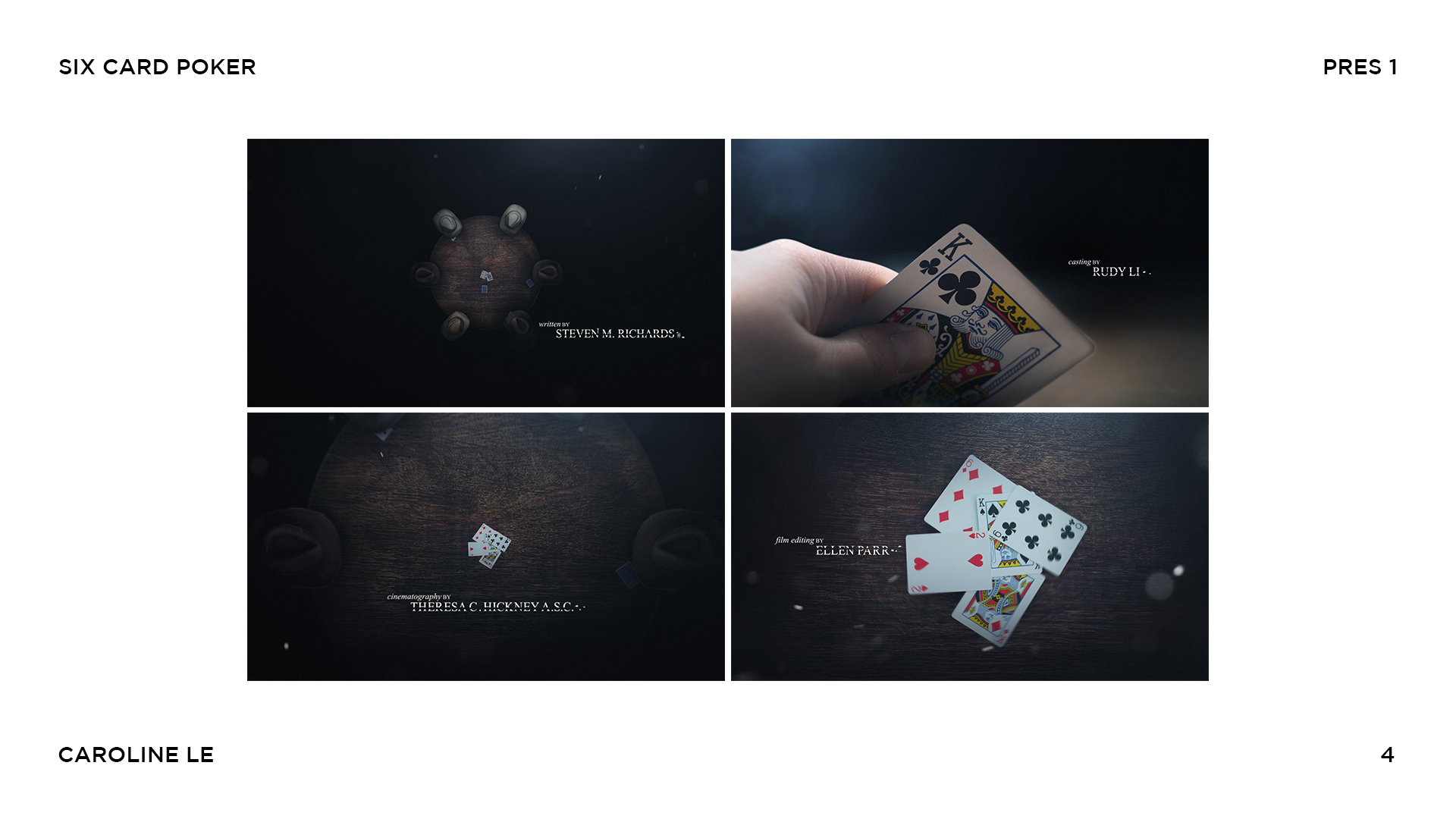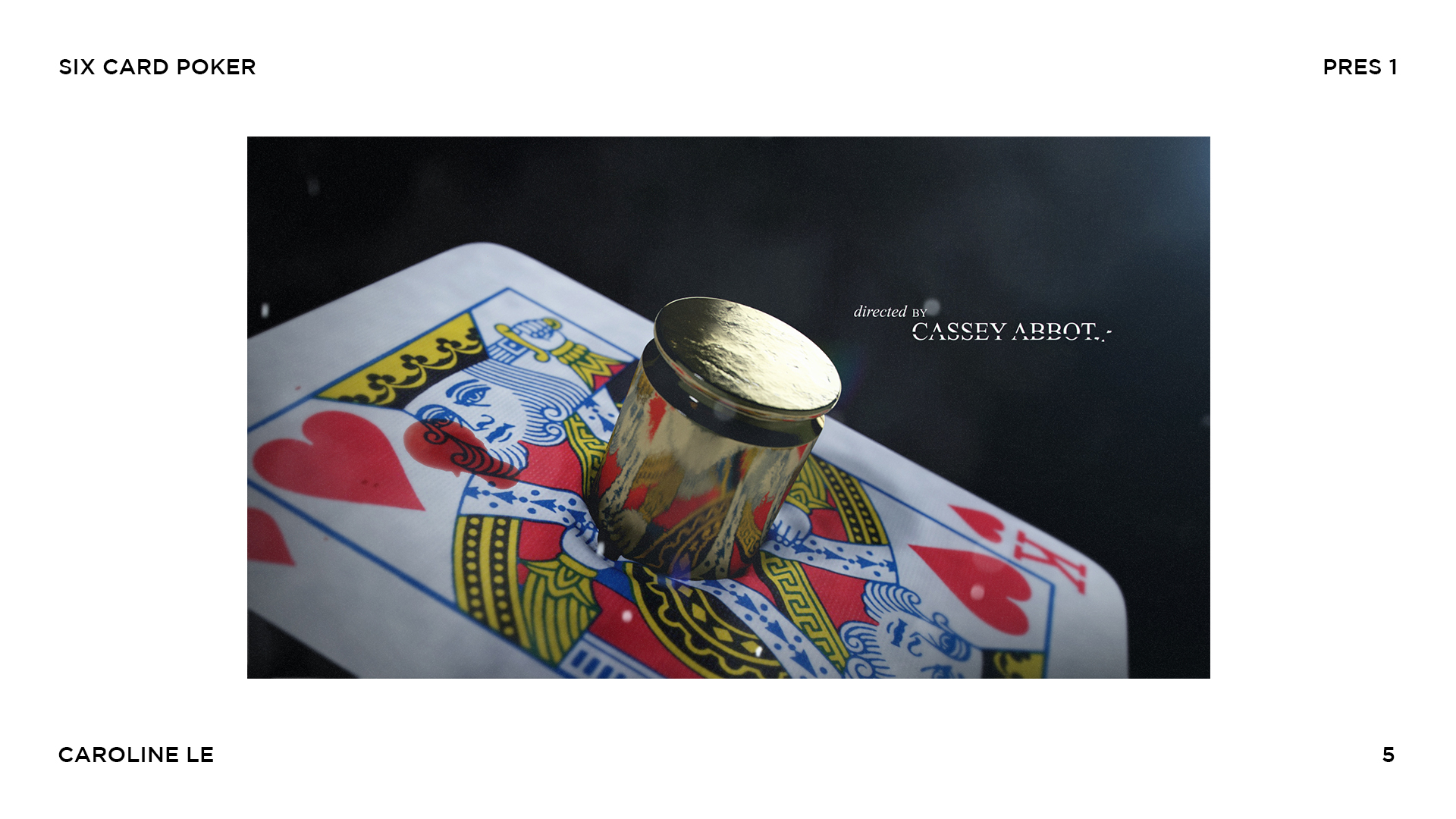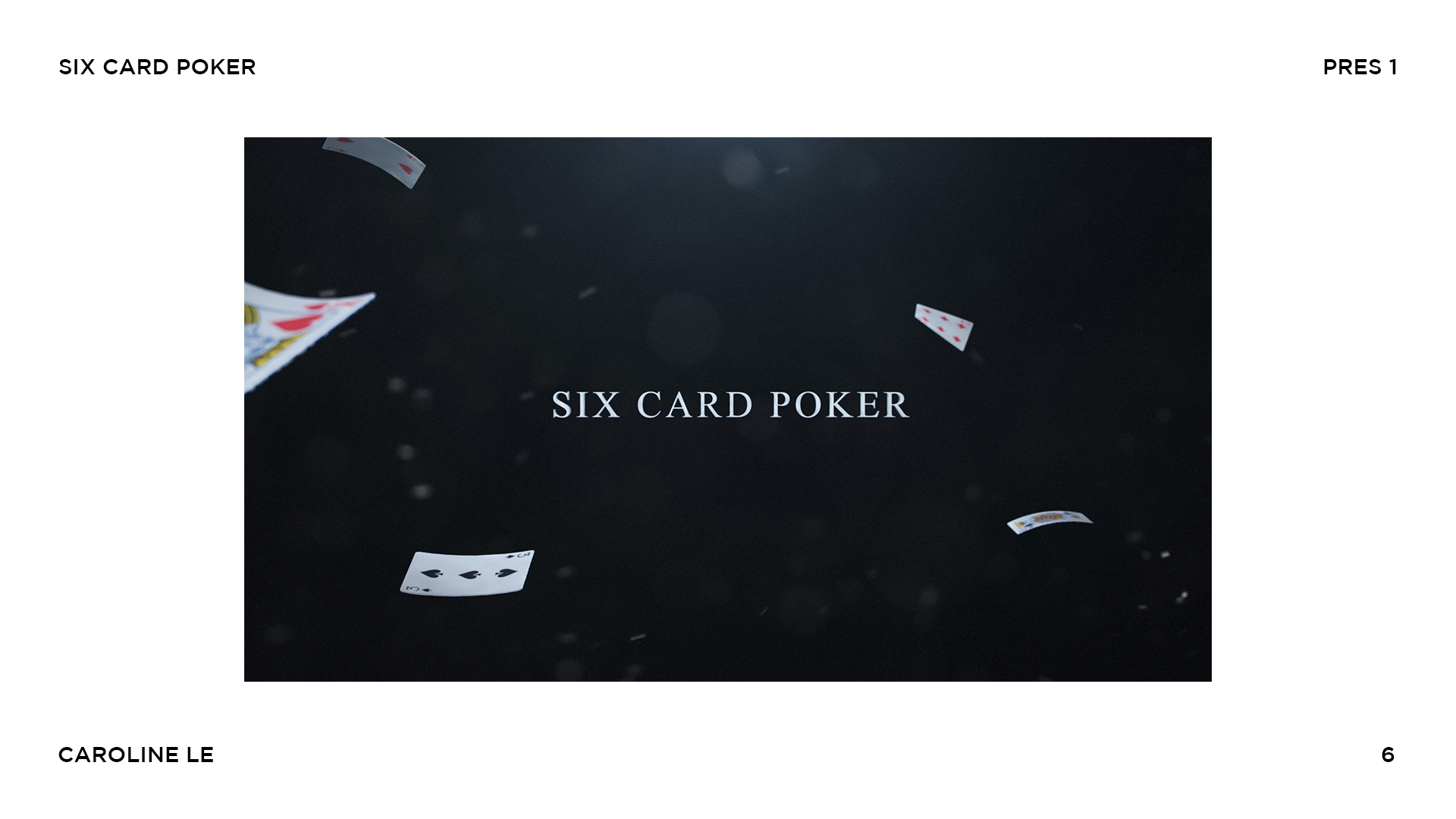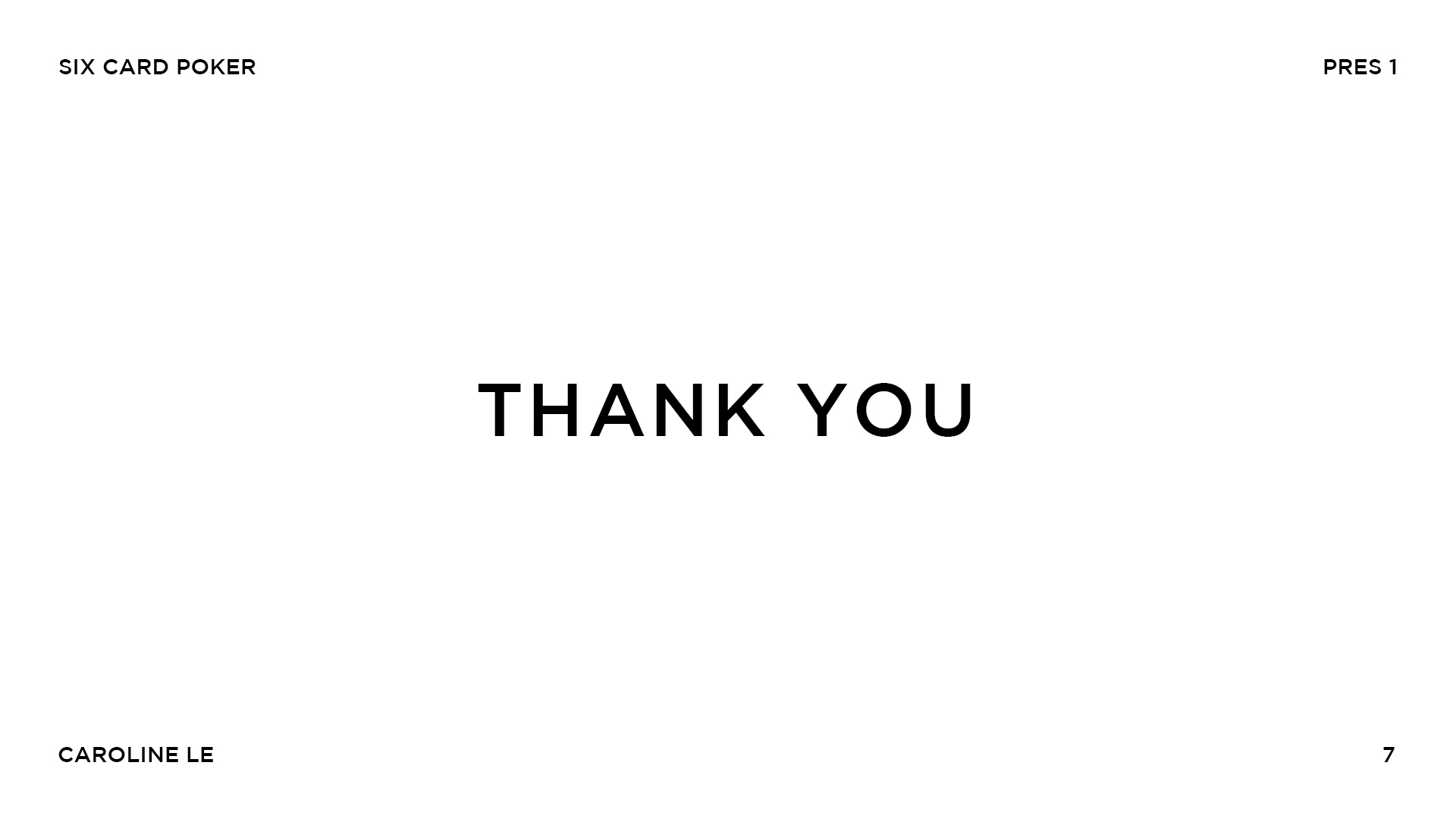The ONE Thing by Gary Keller is considered one of the more popular self-help business books out there and it’s personally been in my reading queue for quite some time. Now having finished it I can confirm the hype. It really is a great book, and a quick and digestible read all about the simple approach to achieving one’s goals.
From start to finish Keller demystifies the concept of extreme success by having the reader ask themselves one question, the Focusing Question:
“What’s the ONE Thing I can do such that by doing it everything else will be easier or unnecessary?”
That’s it. It’s a simple but loaded question. It forces the reader to define their dreams (what am I most passionate about? what am I most skilled at? what’s my big goal?) but it also pulls the reader into the present moment so that they can clearly define what is necessary right now to chase that dream (what can I do right now to fuel my passion? to get to the next level? to achieve my dreams?). The Focusing Question is what Keller likes to call a “big-picture map and a small-focus compass.”
Defining your big-picture ONE Thing is the first step to achieving your greatest potential, but it’s your priorities that make it actionable. Keller describes this concept as “Goal Setting to the Now.” It’s how a someday goal can turn into a five year goal, which can turn into a one year goal, then a monthly goal, then a weekly goal, then a daily goal and ultimately a right now goal. As Keller says, “it’s a formula built on knowing what matters to you and taking daily doses of actions in alignment with it.”
The book dives into Goal Setting to the Now in greater detail by discussing tools like time blocking, accountability management, personal energy management, community support and many others. There were a lot of great tools and tips discussed, but some of my favorite takeaways were around the concept of time blocking. I’ve always known how important it is to have balance with work and leisure, but time blocking really allowed me to rethink how I’m managing my time in both areas. Most importantly it allowed me to rethink my time spent as a creative.
Creatives are notorious for spending hours on their craft, even in their free time, because they’re so passionate about the work that they do. I know this all too well because I’m guilty of it myself. Creatives tend to forget how important it is to step away from their work because the mind, just like any other muscle, needs adequate rest. And it’s one thing to step away from the computer and stop doing the physical work, but it’s another to completely shut off the mind when ideas are constantly flooding it. Creative energy can be easily depleted so it’s important to nourish it. Challenge the mind, but let it rest. Feed the mind, but don’t overwhelm it. Above all, always be on the lookout to counterbalance its present energy.
If I learned anything from The ONE Thing it’s the art of counterbalancing and how to measure productivity. If you are looking to add a little more structure to your professional and personal life, especially if you are a creative who feels like you’re spinning your wheels with no end in sight, then this book is for you. It will single-handedly change your perception of productivity in the best way possible, and with Gary’s relatable writing style, I can guarantee you won’t be able to put it down.
“At any moment in time there can be only ONE Thing, and when that ONE Thing is in line with your purpose and sits atop your priorities, it will be the most productive thing you can do to launch you toward the best you can be”




